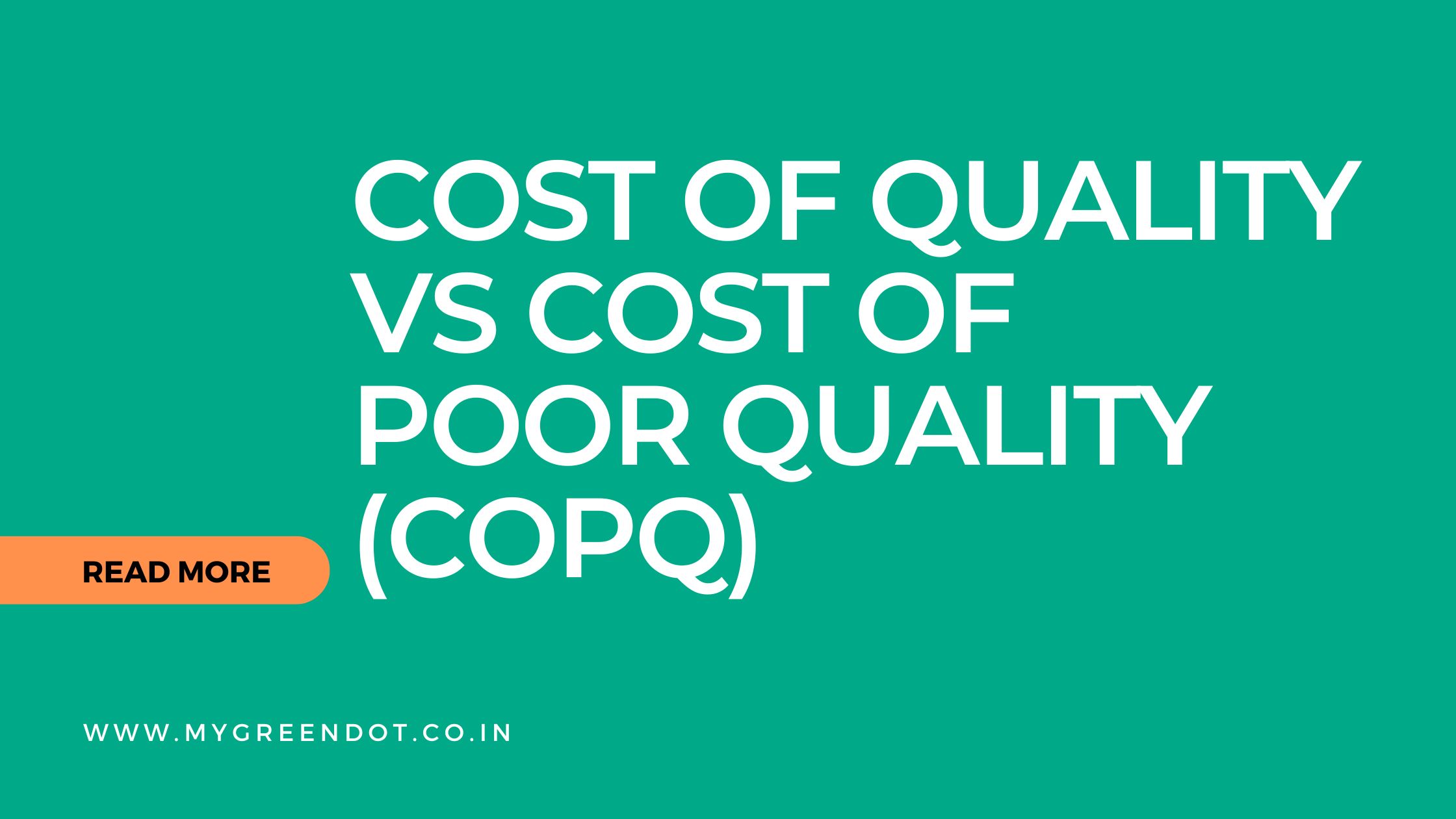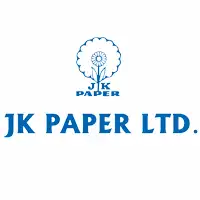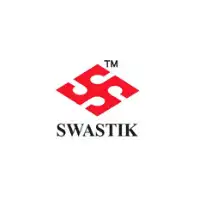Quality is a critical aspect of any manufacturing process. Companies that fail to maintain high-quality standards risk losing customer trust, reputation, and profits. Poor quality costs businesses significant amounts of money each year, which is why it's important to understand the cost of poor quality (COPQ) and how to calculate it. In this article, we will explore the concept of COPQ, its formula, calculation in Excel, examples, and the impact of poor quality on manufacturing.
What is the Cost of Poor Quality?
The cost of poor quality (COPQ) is the sum of all costs that arise due to the production of defective products or services. It includes costs incurred in detecting, preventing, and fixing defects. COPQ is a critical performance metric for manufacturers, as it provides insight into the financial impact of poor quality on their bottom line.
Why is COPQ important?
Manufacturers must ensure that their products meet customer expectations in terms of quality. Failure to do so can result in the loss of customer trust and revenue. COPQ provides manufacturers with an understanding of the financial impact of poor quality, enabling them to take corrective action and improve their processes.
Cost of Poor Quality Formula
The formula for calculating the cost of poor quality is:
COPQ = Internal Failure Costs + External Failure Costs + Appraisal Costs + Prevention Costs
Read Blog on copq calculation with excel tamplate
Internal Failure Costs
Internal failure costs are incurred when defective products or services are discovered before they reach the customer. Examples of internal failure costs include:
- Rework and repair costs
- Scrap and waste costs
- Equipment downtime costs
- Lost production costs
Read Blog on: 7 abnormalities in tpm- understadning common issues
External Failure Costs
External failure costs are incurred when defective products or services reach the customer. Examples of external failure costs include:
- Warranty claims and returns
- Product liability costs
- Customer complaint resolution costs
- Lost sales and future revenue costs
Appraisal Costs
Appraisal costs are incurred to detect and prevent defects before they occur. Examples of appraisal costs include:
- Inspection and testing costs
- Quality audits and assessments
- Supplier evaluations and monitoring costs
Prevention Costs
Prevention costs are incurred to prevent defects from occurring in the first place. Examples of prevention costs include:
- Employee training and education costs
- Quality planning and design costs
- Process improvement and innovation costs
Cost of Poor Quality Calculation Excel
Excel is a powerful tool for calculating the cost of poor quality. Here's how to calculate COPQ using Excel:
- Create a table with the following columns: Internal Failure Costs, External Failure Costs, Appraisal Costs, Prevention Costs, and Total COPQ.
- Fill in the Internal Failure Costs, External Failure Costs, Appraisal Costs, and Prevention Costs columns with the respective cost values.
- In the Total COPQ column, insert the following formula:
=SUM([Internal Failure Costs]:[Prevention Costs])
- The result of the formula is the total cost of poor quality.
Examples of Cost of Poor Quality in Manufacturing
Manufacturing is a complex process that involves several stages, from raw material procurement to finished product delivery. Here are some examples of cost of poor quality in manufacturing:
- Defective parts or materials that must be reworked or scrapped, resulting in lost production time and wasted resources.
- Product recalls due to defects, resulting in lost revenue and damage to the company's reputation.
- Customer returns and warranty claims, resulting in additional expenses to replace or repair the defective products.
- Inspection and testing costs to identify defects and ensure quality standards are met.
Impact of Poor Quality on Manufacturing
The impact of poor quality on manufacturing can be significant, leading to decreased customer satisfaction, lost revenue, and reputational damage. Poor quality can manifest in a variety of ways, including defective products, delayed delivery times, and poor customer service.
One of the primary impacts of poor quality on manufacturing is the increased costs associated with rework, repairs, and product recalls. This can lead to decreased profitability and lost revenue, as well as increased legal liability and reputational damage.
Poor quality can also lead to decreased customer satisfaction and decreased customer loyalty. Customers who receive defective products or experience delays in delivery are more likely to take their business elsewhere, leading to lost revenue and decreased market share.
Implementing a lean manufacturing approach can help address the impact of poor quality on manufacturing. By identifying and eliminating waste in the production process, lean manufacturing can lead to improved efficiency and effectiveness.
By applying lean principles, manufacturers can optimize their production processes, reduce errors, and improve the quality of their products. This can lead to increased customer satisfaction, improved retention rates, and improved financial performance.
Furthermore, implementing lean manufacturing can also help reduce costs associated with poor quality in manufacturing. By reducing the number of defective products and production errors, manufacturers can reduce the costs associated with rework, legal disputes, and lost revenue.
In today's business world, reducing poor quality cost is an essential aspect of maintaining a competitive edge. Poor quality can lead to increased expenses, lost revenue, and damaged customer relationships. Fortunately, there are several strategies that businesses can implement to minimize poor quality cost.
Read More: Danger for not implementing lean manufacturing in a down economy
Implement a Quality Management System (QMS)
A Quality Management System (QMS) is a set of policies, processes, and procedures used by businesses to ensure that their products or services meet customer requirements. Implementing a QMS can help businesses identify and address poor quality issues before they result in costly defects or customer complaints. By continuously monitoring and improving their processes, businesses can reduce the risk of poor quality and its associated costs.
Conduct regular training for employees
Employee training is another critical strategy for reducing poor quality cost. Providing employees with training on quality control techniques, process improvement methodologies, and customer service skills can help them identify and address quality issues. By empowering employees to take ownership of quality, businesses can reduce the risk of poor quality and its associated costs.
Implement quality control measures
Quality control measures such as inspection, testing, and quality assurance can help businesses identify and address poor quality issues before they result in costly defects or customer complaints. By implementing these measures, businesses can ensure that their products or services meet customer requirements and minimize the risk of poor quality cost.
Use data analytics to identify quality issues
Data analytics can help businesses identify trends and patterns in their processes that may be contributing to poor quality. By analyzing data from customer complaints, returns, and defects, businesses can identify root causes of quality issues and take corrective action to address them. Using data analytics can also help businesses identify opportunities for process improvement and cost savings.
Reducing poor quality cost is a critical aspect of maintaining a competitive edge in today's business world. By implementing a Quality Management System, conducting regular employee training, implementing quality control measures, and using data analytics to identify quality issues, businesses can minimize the risk of poor quality and its associated costs.
Lean manufacturing and cost of poor quality
Are you aware of the cost of poor quality in various industries such as education, chemical industries, banking, logistics, retail, and insurance? Poor quality can lead to financial losses, decreased productivity, and unsatisfied customers. However, with lean manufacturing, you can optimize your production process to minimize waste, improve efficiency, and reduce costs.
What is lean manufacturing?
Lean manufacturing is a production methodology that focuses on maximizing efficiency while minimizing waste. The approach aims to deliver the highest value to the customer while reducing production costs. Lean manufacturing is a continuous improvement process that seeks to eliminate waste, variability, and overburden in the production process.
How can lean manufacturing reduce the cost of poor quality?
The cost of poor quality can have a significant impact on your business's bottom line. Lean manufacturing can help reduce the cost of poor quality by identifying and eliminating waste in the production process. Waste can be in the form of defects, overproduction, waiting, unnecessary motion, excess inventory, overprocessing, and unused talent.
For instance, in education, poor quality can lead to student dissatisfaction, low retention rates, and decreased funding. In the chemical industry, poor quality can lead to accidents, environmental damage, and lost revenue. In logistics, poor quality can result in shipping delays, damaged goods, and lost sales. In retail, poor quality can lead to customer complaints, lost sales, and decreased brand reputation. And in insurance, poor quality can lead to denied claims, unsatisfied customers, and legal disputes.
Benefits of implementing lean manufacturing Implementing lean manufacturing in your business can lead to numerous benefits, including:
- Reduced lead time: Lean manufacturing eliminates non-value-added activities, leading to shorter production times.
- Increased productivity: By eliminating waste and optimizing the production process, lean manufacturing increases productivity and efficiency.
- Improved quality: Lean manufacturing focuses on improving quality by identifying and eliminating defects in the production process.
- Reduced costs: Lean manufacturing eliminates waste, leading to reduced production costs.
- Increased customer satisfaction: Lean manufacturing focuses on delivering value to the customer by providing high-quality products and services.
Cost of poor quality in education
he cost of poor quality in education can have far-reaching impacts on both students and educational institutions. Poor quality can lead to decreased student satisfaction, low retention rates, and decreased funding for the institution.
One way to address the cost of poor quality in education is by implementing a lean manufacturing approach. Lean manufacturing can help identify and eliminate waste in the education process, leading to improved efficiency and effectiveness.
By applying lean principles, educational institutions can streamline administrative processes, optimize resource allocation, and improve the delivery of educational services. This can lead to increased student satisfaction, higher retention rates, and improved academic outcomes.
Furthermore, implementing lean manufacturing in education can also help reduce costs associated with poor quality. For example, by improving the quality of educational services, institutions can reduce the need for remedial education and support services, ultimately reducing costs.
cost of por quality in chemical industries
The cost of poor quality in chemical industries can be significant, both in terms of financial losses and reputational damage. Poor quality can lead to accidents, environmental damage, and lost revenue.
Implementing a lean manufacturing approach can help address the cost of poor quality in chemical industries. Lean manufacturing focuses on identifying and eliminating waste in the production process, leading to improved efficiency and reduced costs.
By applying lean principles, chemical industries can optimize their production process, reduce defects, and improve the quality of their products. This can lead to improved customer satisfaction, increased sales, and improved brand reputation.
Furthermore, implementing lean manufacturing can also help reduce costs associated with poor quality in chemical industries. For example, by reducing the number of defective products, industries can reduce the costs associated with product recalls, rework, and legal disputes.
Read Blog on: Maximize efficiency with Tpm
Cost of poor quality in insurance
The cost of poor quality in insurance can be significant, as it can result in decreased customer satisfaction, lost revenue, and reputational damage. Poor quality can manifest in a variety of ways, including delayed claims processing, denial of coverage, and poor customer service.
One way to address the cost of poor quality in insurance is by implementing a lean manufacturing approach. Lean manufacturing can help identify and eliminate waste in the insurance process, leading to improved efficiency and effectiveness.
By applying lean principles, insurance companies can optimize their claims processing, reduce errors, and improve the quality of their customer service. This can lead to increased customer satisfaction, improved retention rates, and improved financial performance.
Furthermore, implementing lean manufacturing can also help reduce costs associated with poor quality in insurance. For example, by reducing errors in claims processing, companies can reduce the costs associated with rework, legal disputes, and lost revenue.
Cost of poor quality in banking
The cost of poor quality in banking can be significant, as it can result in decreased customer satisfaction, lost revenue, and reputational damage. Poor quality can manifest in a variety of ways, including long wait times, errors in account management, and poor customer service.
Implementing a lean manufacturing approach can help address the cost of poor quality in banking. By identifying and eliminating waste in the banking process, lean manufacturing can lead to improved efficiency and effectiveness.
By applying lean principles, banks can optimize their account management processes, reduce errors, and improve the quality of their customer service. This can lead to increased customer satisfaction, improved retention rates, and improved financial performance.
Furthermore, implementing lean manufacturing can also help reduce costs associated with poor quality in banking. For example, by reducing errors in account management, banks can reduce the costs associated with rework, legal disputes, and lost revenue.
Cost of poor quality in logistics
The cost of poor quality in logistics can be significant, as it can result in decreased customer satisfaction, lost revenue, and reputational damage. Poor quality can manifest in a variety of ways, including delayed deliveries, lost or damaged goods, and poor customer service.
Implementing a lean manufacturing approach can help address the cost of poor quality in logistics. By identifying and eliminating waste in the logistics process, lean manufacturing can lead to improved efficiency and effectiveness.
By applying lean principles, logistics companies can optimize their delivery processes, reduce errors, and improve the quality of their customer service. This can lead to increased customer satisfaction, improved retention rates, and improved financial performance.
Furthermore, implementing lean manufacturing can also help reduce costs associated with poor quality in logistics. For example, by reducing errors in delivery processes, logistics companies can reduce the costs associated with rework, legal disputes, and lost revenue.
Read More :
Our Clients



























































